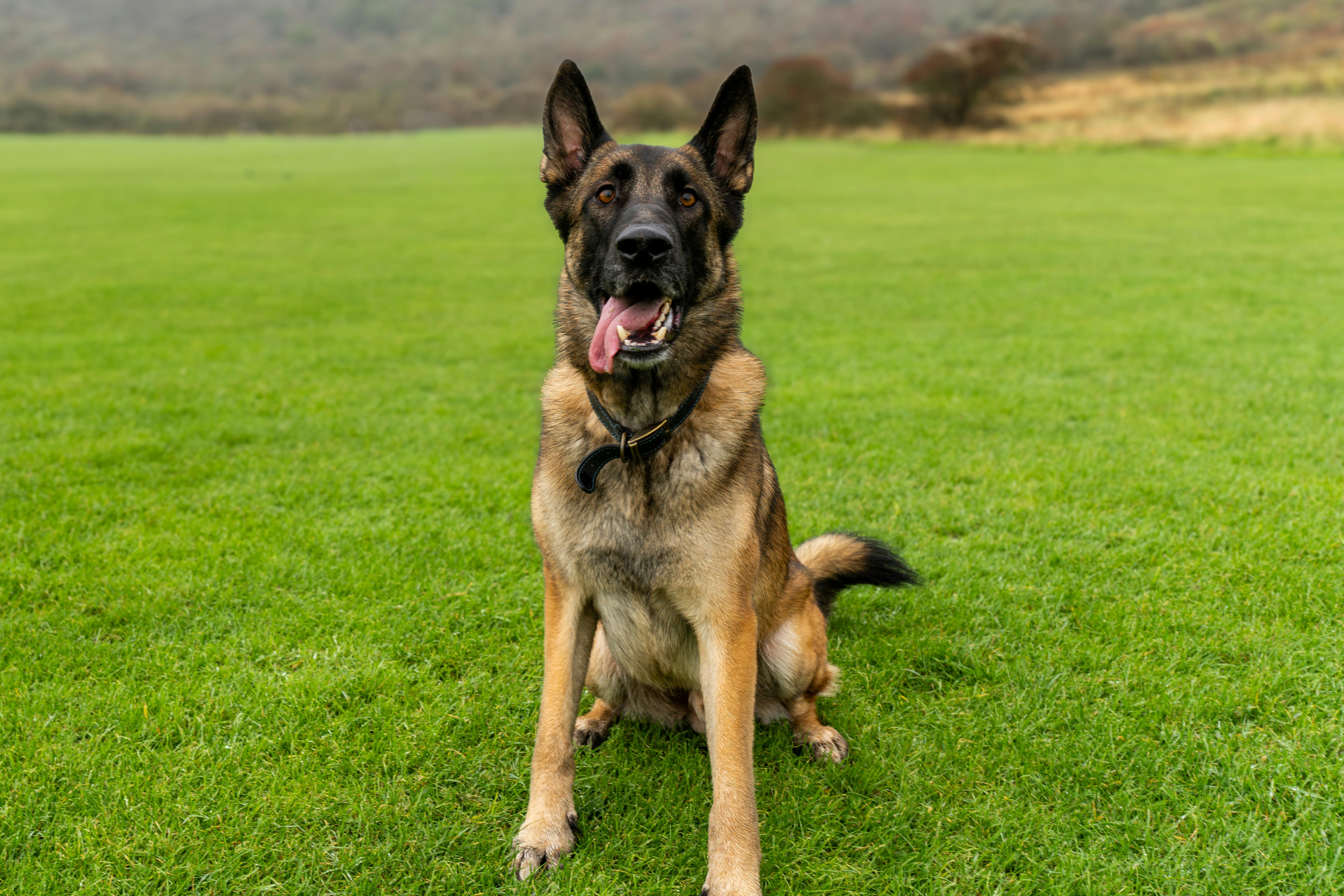.png)
SAR Insights: How Teams, K9s, and Budgets Affect SAR Success Rate

How Teams, K9s, and Budgets Affect SAR Success Rate
As a SAR handler, it's important to know how your team and the resources you have available impact your success in the field. From the size of your unit to the number of call-outs you receive, many factors can affect your SAR success rate.
According to research published in the journal Pubmed, from 1992 to 2007, there were 78,488 people involved in 65,439 SAR operations. These events resulted in 2,659 fatalities, 24,288 ill or injured people, and 13,212 rescues on average. Every day at an expenditure of $895 per operation, there were 11.2 SAR incidents.
So what does this data tell us? Well, first of all, it's important to note that the majority of people who are involved in SAR operations are not killed or injured. In fact, the average success rate for rescuing individuals is relatively high.
However, there are a number of factors that can affect your team's success rate. The size of your unit, the number of call-outs you receive, and the budget you have available are all important factors to consider.
In this article, we'll take a look at some SAR stats and insights to help you understand how your team, K9 unit, budget, and other factors can impact your success. You can use this information to help you make decisions about your team's resources and deployment, or simply to gain a better understanding of the SAR process.
The Team
.png)
FEMA states that as of March 2020, 284 canine search teams across the globe specialize in searching for living survivors and 90 teams that focus on finding human remains. While the numbers of units and members will vary depending on the region, these stats give us a good starting point.
28 teams make up FEMA's National Urban Search and Rescue (US&R) Response System (the System). The National US&R System is a cooperative effort between local, state, tribal, territorial, nongovernmental organizations (NGOs), and federal agencies that provides resources and personnel to assist communities during major disasters and emergencies.
The teams are trained and equipped to respond to a wide range of disasters, including hurricanes, floods, earthquakes, tornadoes, and terrorist attacks. In addition, they bring a variety of specialized equipment and skills to the table, including search dogs, heavy lifting gear, and engineering support.
Why are we telling you this? Because the size of your team can have a significant impact on your SAR success rate. A smaller team may not have the same resources or skillset as a larger one, leading to a lower success rate. In the case of FEMA's National US&R System, the teams are large and well-equipped, which likely contributes to their high success rate.
Another factor to consider is the experience level of your team members. One study found that SAR teams with a higher proportion of experienced members were more likely to be successful in their searches. This is likely due to the fact that experienced members are better able too quickly and efficiently locate missing persons, and they are also better equipped to deal with the challenges that SAR missions often present.
If you want to improve your team's success rate, consider adding more experienced members or increasing the training for your less experienced members. That way, you can be sure that your team is prepared to handle any situation that comes their way.
K9 Units

If you have ever worked with a search and rescue dog, you know that they are an invaluable asset to any investigation. SAR dogs are trained to use their keen sense of smell to locate missing persons, even when they are hidden or buried.
Search and rescue dogs have the ability to cover large areas of ground quickly, which can be a big help when time is of the essence. For example, a Pubmed study showed that dogs covered a distance 2.4 times greater than their human handlers, but traveled at roughly average human walking speed. This allowed the dogs to quickly search large areas without tiring their handlers.
In addition to their speed, SAR dogs are also known for their accuracy. In one study, SAR dogs were able to locate hidden subjects with an accuracy of 97 percent.
SAR insights outline that there are over 205,339 k9 police officers currently employed in the United States. The typical breeds in the system are Labrador, German Shepherd, Golden Retriever, Malinois, and Border Collie. The average age is 7 years old, with a working life expectancy of 12 years.
K9 units can often be the difference between success and failure in a search and rescue mission. Search and rescue dogs have an accuracy rate of 91 percent on average, although it can be anywhere between 75% - 100%.
While the success of a SAR mission often depends on the team as a whole, having a well-trained and accurate K9 Unit can make all the difference. If you are looking to improve your team's success rate, consider investing in a K9 Unit.
Budget
.png)
As with any organization, SAR teams must operate within a budget. This can often be a challenge, as the cost of search and rescue operations can add up quickly, especially if you factor in the price of equipment, fuel, and manpower. Fortunately, there are many ways to cut costs without sacrificing quality or efficiency.
A study published by Science Direct showed that total SAR costs from 1992 to 2007 was $58,572. This is a significant amount of money, but it's important to remember that SAR teams are often called upon to respond to large-scale disasters. When you factor in the cost of property damage and lost productivity, the SAR team's budget is a drop in the bucket.
So, how can you save money without compromising the quality of your SAR operations? One way is to take advantage of technology. There are many apps and online tools that can help you plan and track your SAR missions, which can save you time and money. DogBase is one such app that allows you to track your SAR dog's progress, schedule training sessions, and more.
Another way to save money is to partner with other organizations. For example, many SAR teams work closely with local law enforcement, fire departments, and even the military. By sharing resources, you can reduce the overall cost of your operations while still providing the same high level of service.
In any budget, there will always be trade-offs. The key is to find the right balance between quality and cost. By taking advantage of technology, partnering with other organizations, and being mindful of your budget, you can ensure that your SAR team is prepared to handle any emergency.
The Conclusion
While many factors can affect the success of a SAR mission, the most important thing is to ensure that your team is properly prepared. Having the right mix of experienced personnel, well-trained dogs, and adequate resources will give you the best chance for success.
Remember, every SAR mission is unique, so it's essential to be flexible and adaptable. By being prepared for anything, you'll increase your chances of bringing your missing person home safely.
Unleash the Potential of Your Working Dog with DogBase.
Our innovative platform streamlines training, simplifies data tracking, and leverages AI to optimize performance for all working dog teams.
What our customers says about us
Support & Share
Get Started with DogBase























